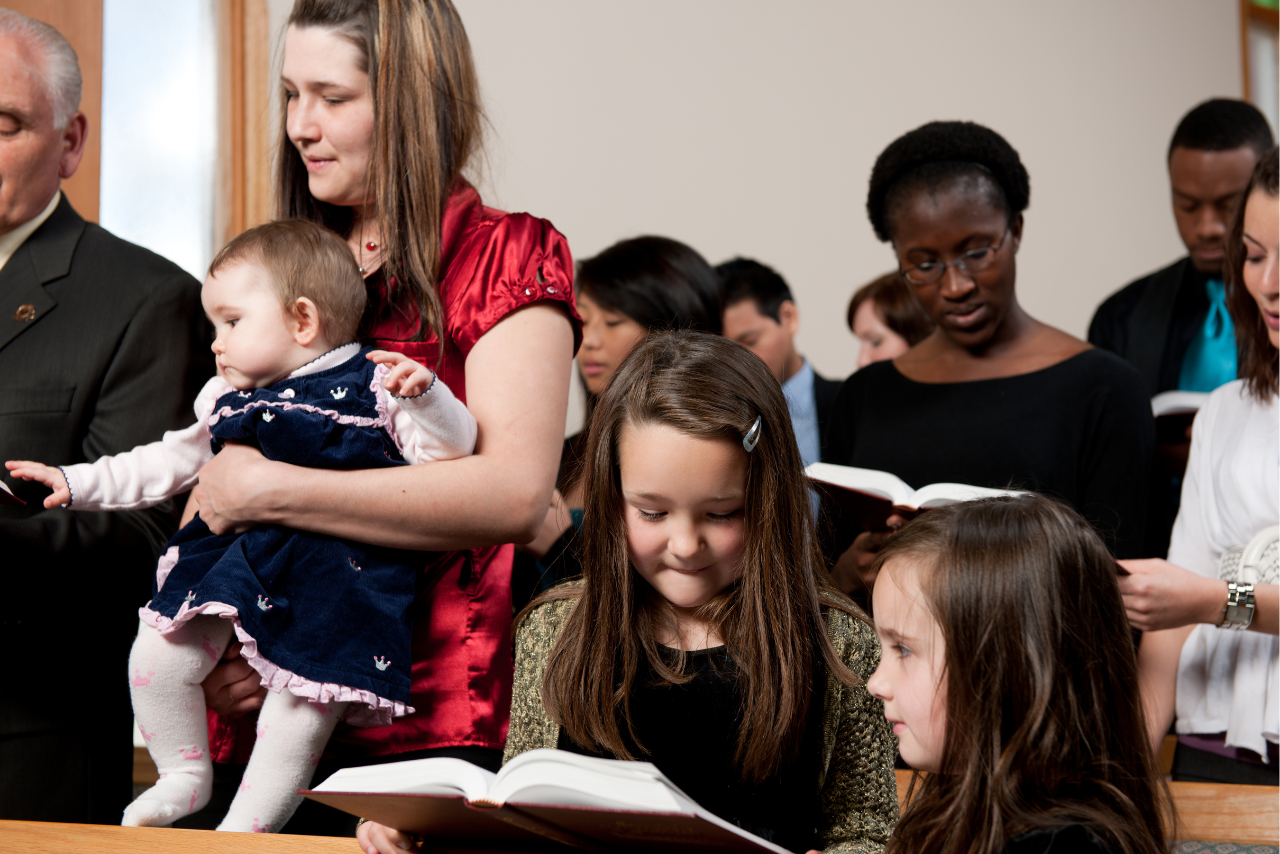How to Use Storytelling to Inspire Generosity in Your Church
One of the biggest challenges church leaders face is encouraging generosity in a way that truly connects with their congregation. Too often, giving is presented as a transactional duty rather than a transformational opportunity. But what if there was a better way—one that moved hearts, deepened faith, and inspired action?
The key is storytelling.
Why Storytelling Matters in Church Giving
Stories have the power to engage emotions, illustrate impact, and connect people to a cause in a deeply personal way. When you simply ask for donations, people may respond out of obligation. But when you share a compelling story, people respond out of conviction and the desire to make a difference.
Think about Jesus—He used parables to teach deep spiritual truths. Why? Because stories stick. They help people see themselves in the message.
The Problem with a One-Size-Fits-All Giving Message
Most churches approach giving in a way that doesn’t allow for nuance. A pastor stands on stage and delivers the same message to everyone, even though:
Some are new believers who don’t understand biblical generosity.
Some give occasionally but aren’t fully committed.
Some give regularly but don’t see beyond that.
Some are ready for radical generosity but need inspiration.
If we want to encourage generosity effectively, we need to communicate differently to different types of givers. That’s where storytelling can make a huge difference.
How to Use Storytelling to Inspire Generosity
1. Tell Stories of Transformation, Not Just Transactions
Instead of focusing on what people should give, show why their giving matters. Share testimonies of lives changed, ministries launched, and communities impacted because of generosity.
👉 Example: “Because of your giving, a single mother in our church received the help she needed to get back on her feet. Today, she’s not only serving in one of our ministries, she’s also paying that generosity forward.”
2. Connect Giving to God’s Bigger Story
People want to be part of something meaningful. Show them how their generosity isn’t just about paying bills—it’s about advancing the Kingdom.
👉 Example: Instead of simply talking about budget issues say, “Your generosity is fueling missions, equipping leaders, bringing hope to people who desperately need it, and reshaping eternity for so many.”
3. Personalize the Giving Journey
Meet people where they are in their generosity journey.
For first-time givers, share stories of someone who took their first step in giving and saw God’s faithfulness.
For regular givers, highlight how their consistency is making a difference.
For radical and potential radical givers, share testimonies of those who took bold steps in generosity and saw God move powerfully in their lives.
4. Use Video & Social Media to Share Impact
Stories don’t have to be limited to Sunday morning. Create short video testimonies or social media posts showcasing how giving is changing lives. A well-told one- to two-minute story can be more effective than a ten-minute appeal.
5. Celebrate Generosity Publicly
Look for reasons to talk about generosity! Regularly highlight stories of generosity in action. This reinforces a culture of giving and helps people see that their contributions truly matter. We want to consistently remind people that giving is important here because it was important to God. And, our ongoing generosity serves to impact eternity for so many others.
Final Thoughts
If we want to inspire generosity in our churches, we need to move beyond generic and uninspired appeals and start telling real, impactful stories. People want to make a difference and, when people see how their generosity is making a difference, they’re far more likely to step into a lifestyle of Biblical generosity.
Want to understand more why we need different approaches when speaking to different givers? Watch our video: Do we talk to different types of givers differently?




